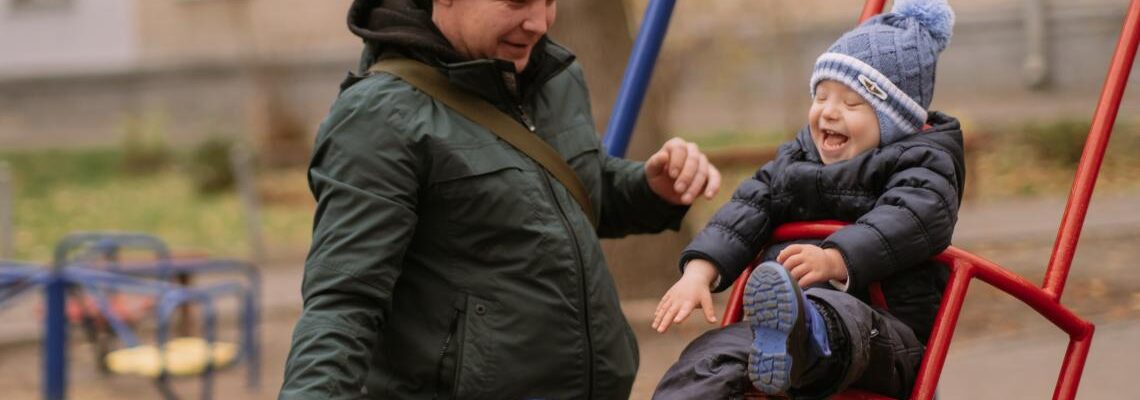CERF funding helps Ukrainians through a terrible year of war
Ukraine | 2023 | CERF
Ukraine. The invasion of Ukraine in February 2022 has caused death, destruction, displacement and deprivation. People fled their homes and struggled to survive in uncertain conditions. If they survived bombs and forced displacement journeys, they then had to work out how to afford food, find temporary shelter, or get medical help.
From the start, the Central Emergency Response Fund – the United Nations’ global emergency fund – moved quickly to give money to humanitarian organizations that help people in need. CERF disbursed over US$60 million, starting from the very first day of bombing on 24 February.
Kick-starting critical relief and protection operations, Ukrainians received food, shelter, medicines, psychological support, household and farming supplies – and cash to buy the essentials for their families.
Household supplies and cash in Kharkiv
Kharkiv was one of the worst affected cities: nearly a third of the people displaced in Ukraine are from the region. For those who stayed, the situation was dire.
In May 2022, the International Organization for Migration (IOM), with funding from CERF and others, distributed critical supplies like solar lamps, mattresses, blankets, and hygiene supplies. “Only war-affected people can understand the value of this aid,” said Serhii, the head of local NGO Source of Revival, which is an IOM partner. The NGO brought supplies to Nadia, living on the outskirts of provincial capital Kharkiv, after fleeing shelling in the town of Derhachi shortly after discovering she was pregnant.
“There is nothing left alive in Derhachi,” she recalls. “There is shelling here, but not as fierce as in my hometown. When a missile hit a nearby school, we had to move again.”
CERF also helped fund UNICEF cash assistance in Kharkiv and the surrounding areas.
“I saw a publication about UNICEF’s financial assistance on social media and applied,” says Venera, who fled with her husband and two-year old son Makar and had been struggling to afford the basics. “In three weeks, about 20,000 UAH was transferred to my account.”
The cash meant they could pay rent and buy medicine, diapers and food – as well as some simple toys for their son, who has Down’s Syndrome. “The money helped us to survive a few months,” says Venera.
Food security for the winter
CERF money helped Ukrainian households plan for the winter, funding the Food and Agriculture Organization (FAO) and its partners to distribute seeds, vegetable production kits, animals and cash. Seed distributions in May meant farmers – and homestead gardeners – could harvest before the winter.
“It’s absolutely crucial to help farmers. The big ones but also the small ones, and families involved in backyard farming,” said Pierre Vauthier from FAO Ukraine. “Agriculture is one of the major sectors in Ukraine’s economy and it’s important for the country’s food security. It is also a key source of income for the 12.6 million people who live in rural areas, and make up almost a third of the country’s population.”
Mental health support and medicines
CERF and the Ukraine Humanitarian Fund (UHF) worked in concert to respond to the crisis, providing psychological aid and medical supplies.
Access to mental health services is critical during a conflict, but people might not be able to leave their homes or neighbourhoods safely or even know where to go. In June and July, with funding from the Pooled Funds and other donors, UNFPA and their local partners mobilized over 100 mobile teams of psychologists and social workers in cities and communities across Ukraine.
Hundreds of medical facilities have been destroyed or damaged during the war. In November, the World Health Organization (WHO), with funding from CERF, the UHF, and other donors – was able to bring life-saving medical supplies into Kherson days after the Government of Ukraine regained control of the city.
“These supplies will save lives and help ensure that the health system is resilient and can continue delivering care in these challenging circumstances – and support hundreds of thousands of people,” said Dr. Jarno Habicht, WHO representative in Ukraine.
Food for people on the move
Maksym, Anastasiia and their child fled their home in Donetsk in March – and were living hundreds of kilometers away in Dnipro. Far from family and friends they were very worried about money. A third of Ukraine families is food insecure; and that figure rises to half of families in some eastern areas. Some 40 per cent of people surveyed said they were reducing meal sizes, with adults eating less to prioritize their children, or having to borrow food.
The World Food Programme (WFP), with the support of CERF and other donors, reached people in frontline areas where fighting is going on, with boxes packed with staples like meat, rice, pasta and oil. “With WFP assistance, at least we don’t worry about the food,” Maksym says.
Cash assistance gives people flexibility
CERF funding also supported cash aid, through IOM and other partners, from the very start of the crisis.
“I find this cash helps better than other kinds of assistance because you know what you need most and your needs change,” says Valentyna, 64. She used money from IOM to purchase medicine and treatment for her glaucoma which she wouldn’t have been able to afford otherwise.
As 2023 begins, some 17.6 million people need humanitarian assistance. Across the country, peoples’ homes and critical civilian infrastructure have been destroyed. And as Ukrainian civilians deal with the impact of the continuing conflict, more will need to be done to help them.
Continued support to the Central Emergency Response Fund will ensure people in need receive that help.
Original stories from CERF recipient partners UNICEF, IOM, FAO, WFP, WHO, IOM, and UNFPA
